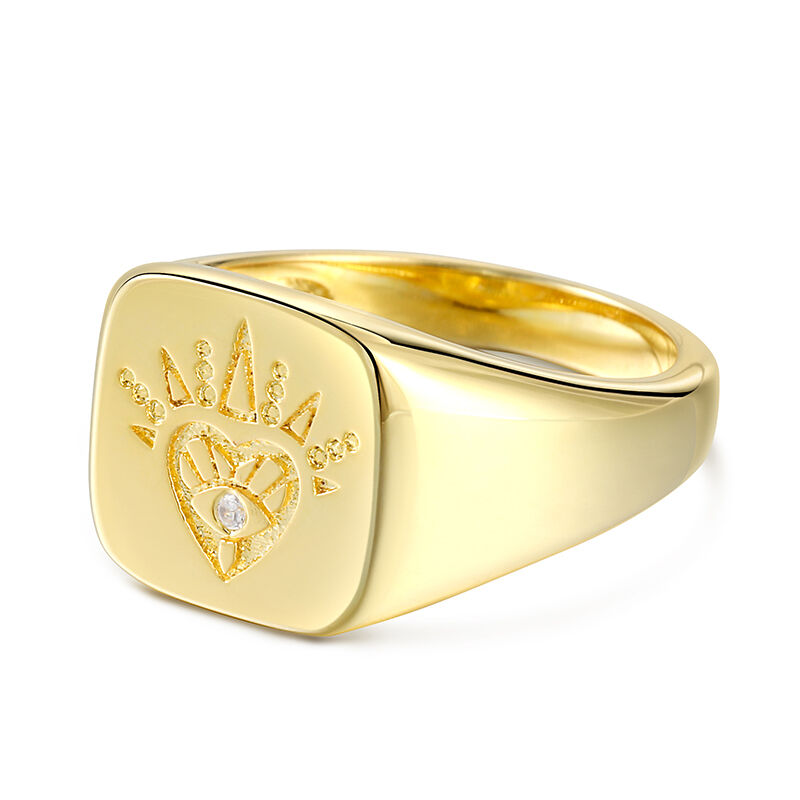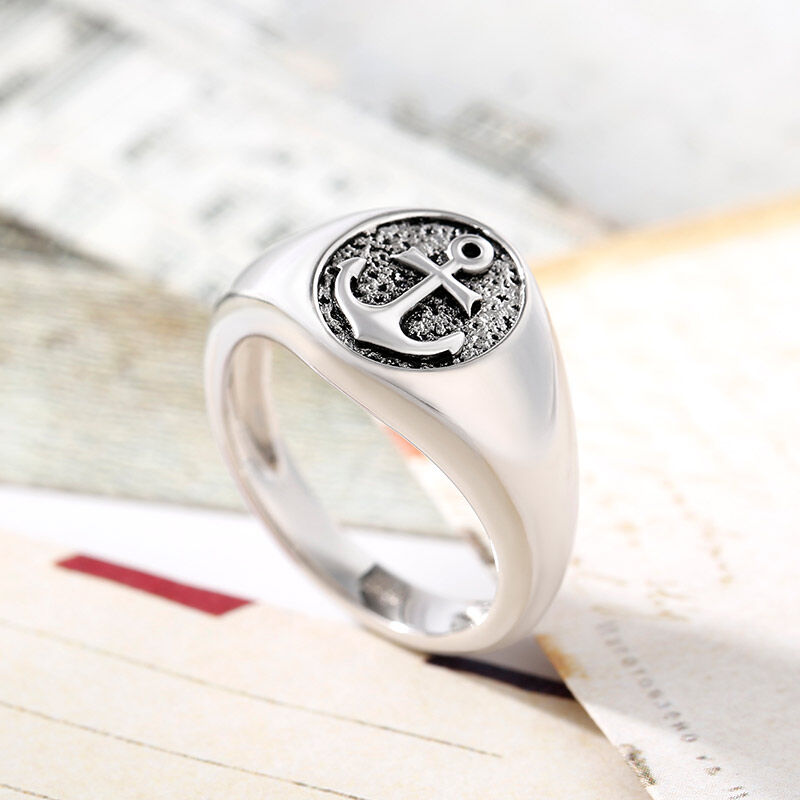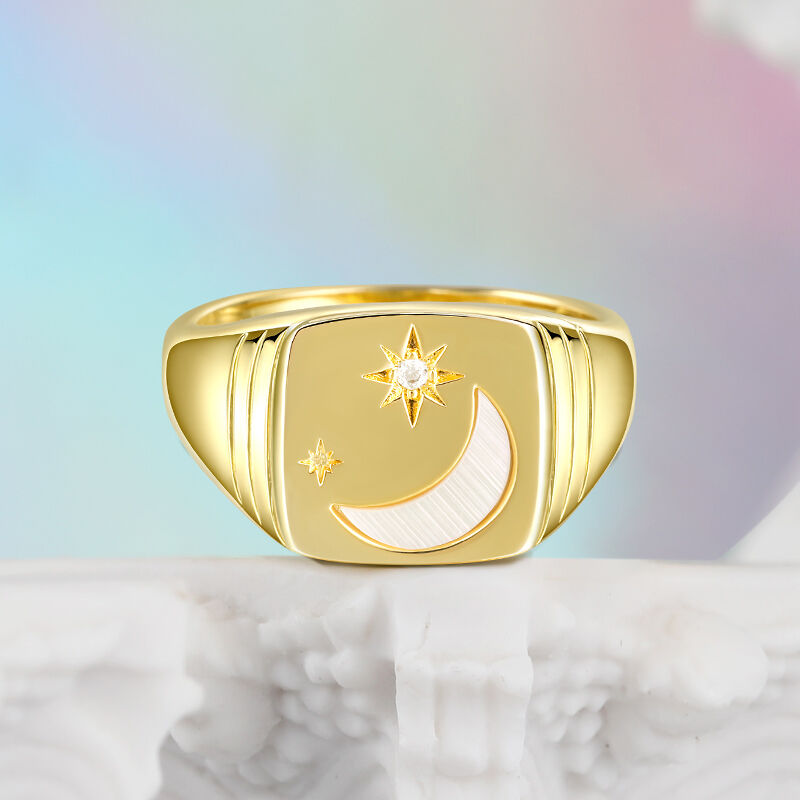Signet Ring
 For centuries, a single piece of jewelry perched on the finger has carried the weight of history, identity, and authority: the signet ring. Once strictly a functional tool of the elite, this circular powerhouse has transcended its aristocratic origins to become the single most sought-after piece in modern jewelry boxes for its quiet confidence and profound sense of personality.
For centuries, a single piece of jewelry perched on the finger has carried the weight of history, identity, and authority: the signet ring. Once strictly a functional tool of the elite, this circular powerhouse has transcended its aristocratic origins to become the single most sought-after piece in modern jewelry boxes for its quiet confidence and profound sense of personality.
During the Middle Ages and Renaissance, a signet ring was far more essential than a signature. Crafted with a unique family crest, coat of arms, or monogram engraved onto its flat, polished bezel (the top surface), the ring was used to press an impression into hot wax or soft clay, officially sealing and authenticating documents, letters, and treaties.
Because the ring represented the absolute identity and authority of the wearer—often kings, clergy, or powerful merchants—it was guarded meticulously. Losing a signet ring could compromise an entire lineage, and upon the wearer’s death, the ring was often destroyed to prevent counterfeiting.


